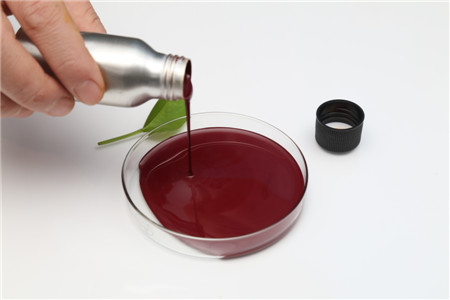In recent years, lycopene has received attention from the scientific community, the medical community, and the nutrition community because a large number of studies and epidemiological investigations have shown that lycopene in the diet has antioxidant, inhibitory mutations, reduced nucleic acid damage, and prevention. Cancer and reducing cardiovascular functions. Because lycopene has the strongest antioxidant activity in carotenoids, especially the rate of singlet oxygen removal is 100 times that of vitamin E and twice that of beta-carotene. Some manufacturers have begun to produce concentrated formulations of lycopene for the daily care of cancer prevention. As a result, most of the articles on the efficacy of lycopene are similar to commercial advertisements, and some even exaggerate their words, exaggerating the efficacy of lycopene. Therefore, we should objectively understand the role of lycopene and serve our healthy life. Most of the naturally occurring lycopene is all-trans structure, accounting for 71% to 79%. Under heating, the trans configuration of lycopene can be changed to the cis configuration, but the loss rate is low. At a temperature of 110 degrees, there is only a 10% loss, and the lycopene cis structure can return to the all-trans state during the placement process. Lycopene is also present in our body, mainly in the adrenal gland, testis, liver and blood. It is the highest in the adrenal gland and testis, followed by the liver and blood, in fat, breast, kidney, lung, skin, colon, ovary. Also contains a small amount of lycopene. The lycopene in the human body is mostly cis-structure, and the total trans-structure in the blood only accounts for 27% to 42%, while the cis-structure accounts for 58% to 73%; in the prostate tissue, the total trans-only form accounts for 12%. %~21%, while the cis structure accounts for 79%~88%. Therefore, the structure is more easily absorbed by the human body than the trans structure.

According to the characteristics of lycopene, it is proposed that lycopene is released after tomato is cooked and is more easily absorbed by the body. However, the lycopene content in tomatoes is not much. Fresh tomatoes contain 0.88 to 4.20 mg of lycopene and 5 to 11.6 mg of tomato juice (data source: "Physical properties and detection technology of functional foods"), and are limited by human body absorption. As a result, many health care products companies and pharmaceutical companies at home and abroad produce lycopene health supplements to supplement lycopene in the human body. This is followed by an introduction to various advertisements and commercial properties of lycopene. In fact, lycopene is common in many natural fruits and vegetables, but it is more or less in content. It is rich in red fruits and vegetables, such as tomatoes, watermelons, grapes, strawberries, mulberries, papayas, grapefruits, and pomegranates. Although lycopene has been shown to have anticancer effects, it is only confined to natural foods. There is no evidence that the extracted lycopene is good for the body, just like beta-carotene, which was originally thought to be beta-carotene. It has an antioxidant effect and is expected to prevent cancer. However, experimental studies have shown that β-carotene can not only prevent cancer, but it can increase the incidence of lung cancer in smokers. The same is true for lycopene. Lycopene in natural foods is related to reducing the incidence of diseases, but purified lycopene. There is no such effect. So far, the functions of “anti-cancer” and “treatment of prostate diseases” of lycopene products have never been certified by the Food and Drug Administration, and none of the lycopene products that have been approved for production have such products. efficacy. Therefore, eating more vegetables and fruits is the best way to supplement lycopene. In addition, tomato sauce, tomato juice, tomato sauce, etc. are rich in lycopene, and some red fruits and vegetables are also a good source of lycopene. Although fried tomatoes contain more lycopene than fresh tomatoes, the body can also absorb lycopene when eating fresh tomatoes.
Last article:Last article does not exist
Next article:Lycopene can fight UV damage
Related news
- Granray sales representatives attend the 2019 autumn FIC exhi
- Our foreign trade representatives will participate in CPhI Wo
- The 2019 cphi-frankfurt world pharmaceutical raw materials Eu
- Hebei Granray Bioproductsparticipated in the exhibition in Th
- SGS personnel are warmly welcome to our factory for on-site i
- Company name change notice
- CPhI & p-mec China 2019 brings to a close!




